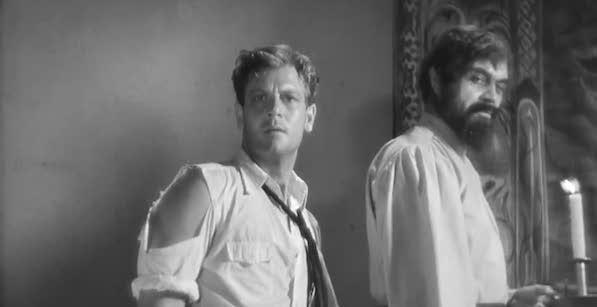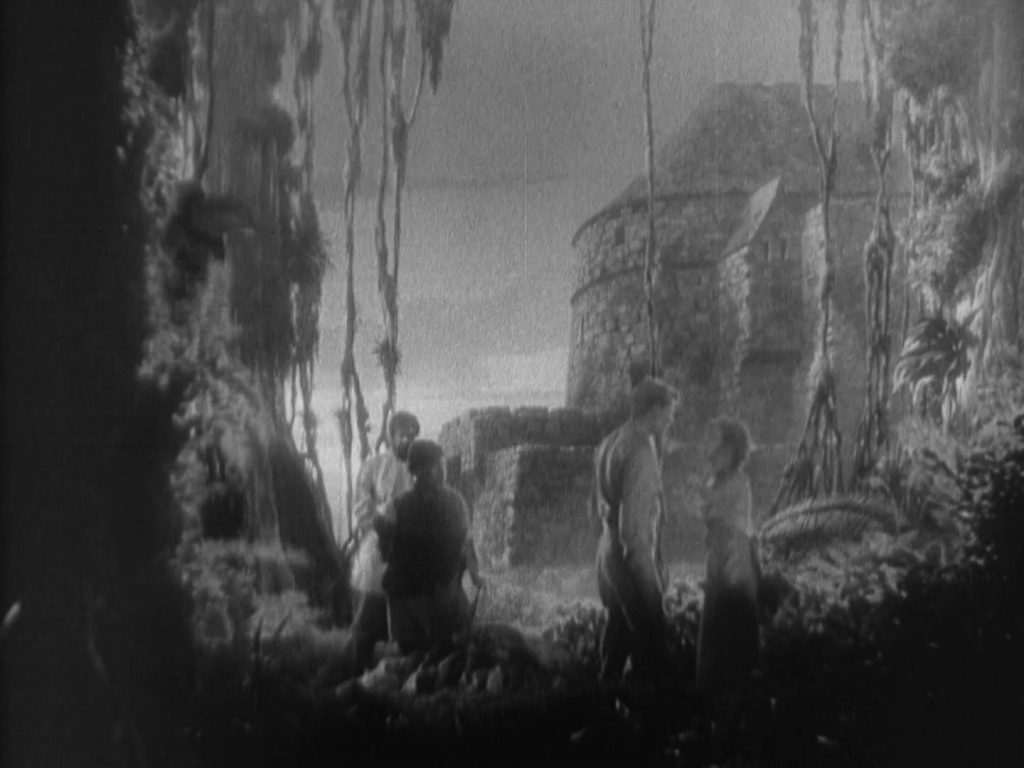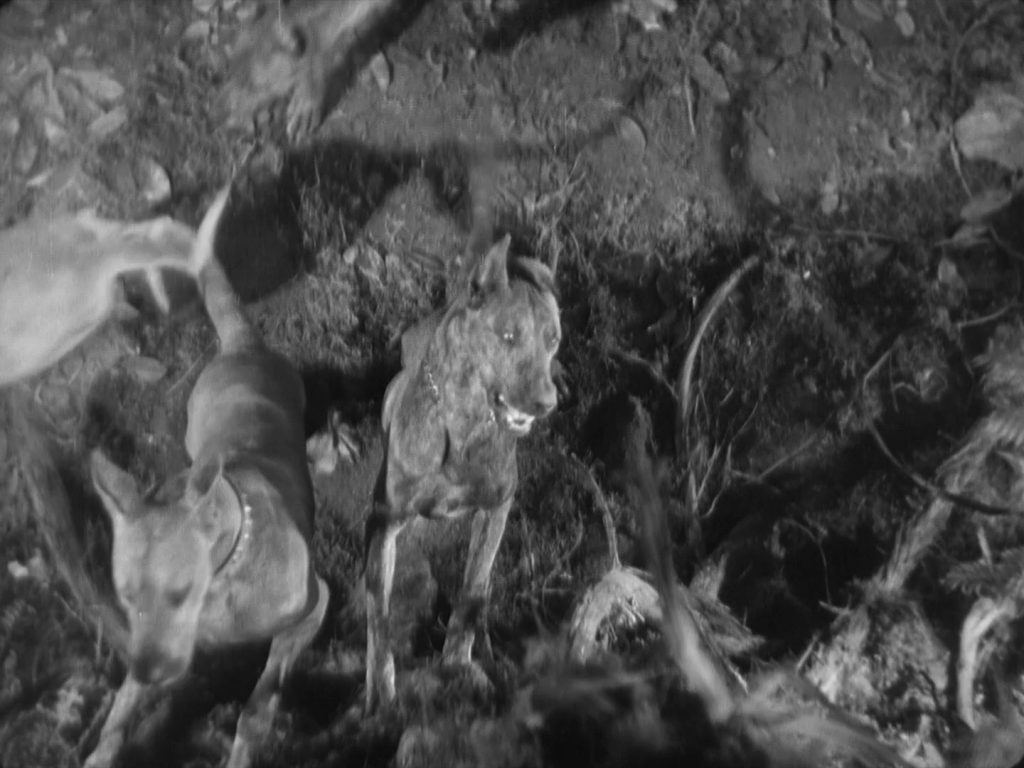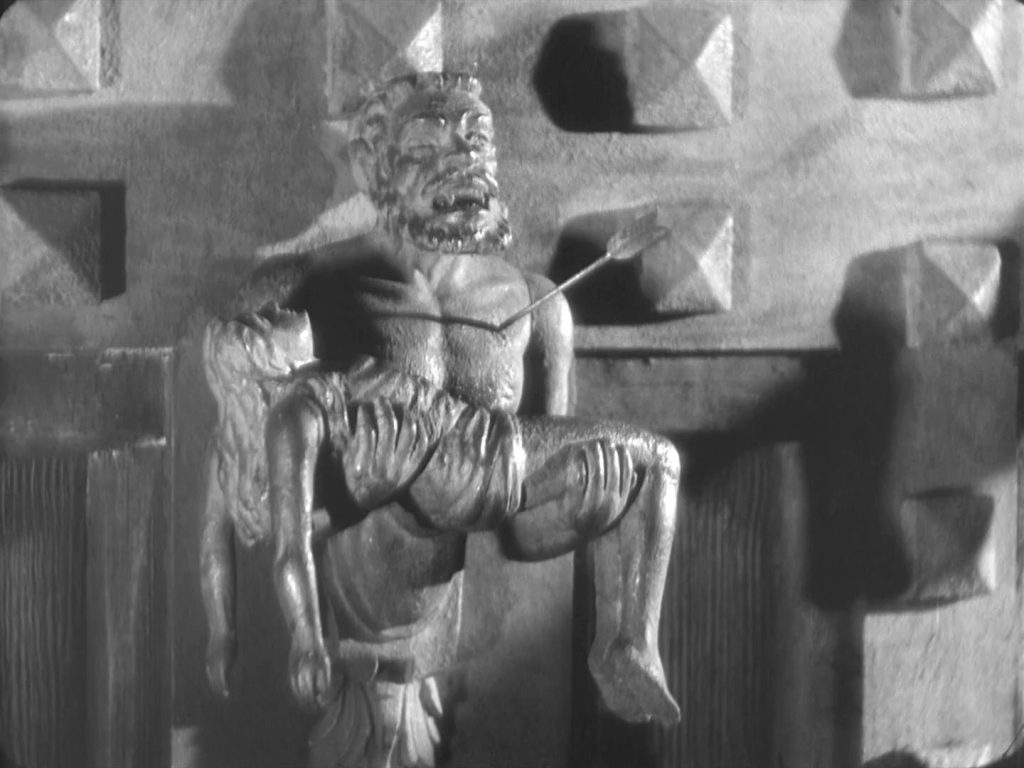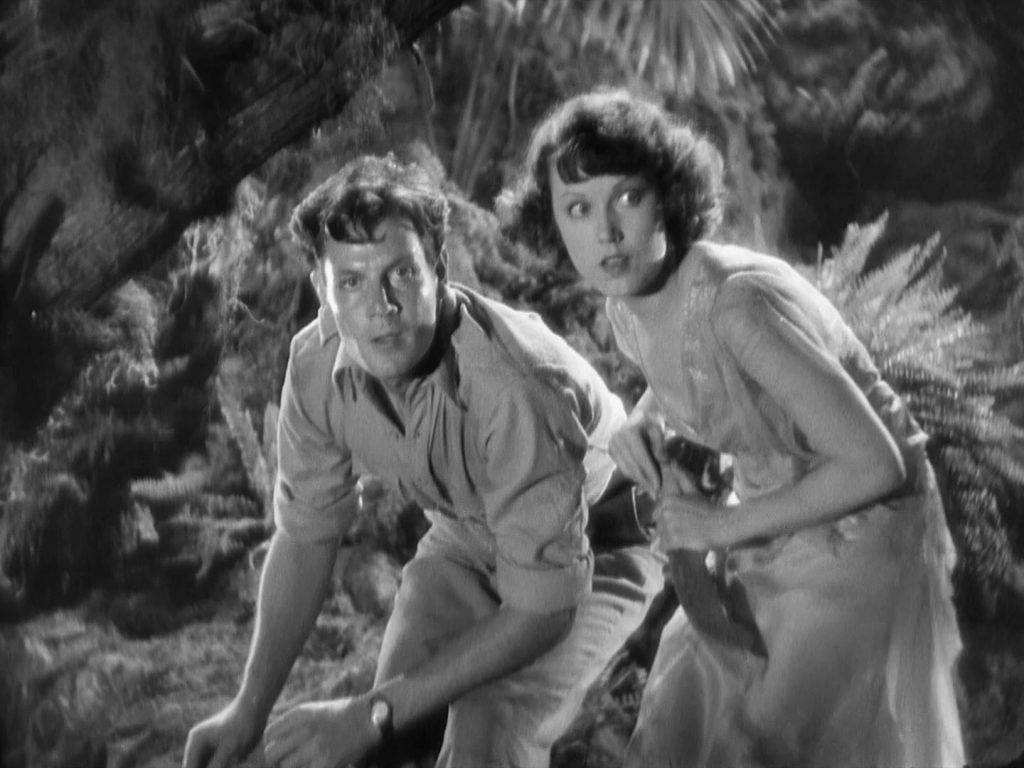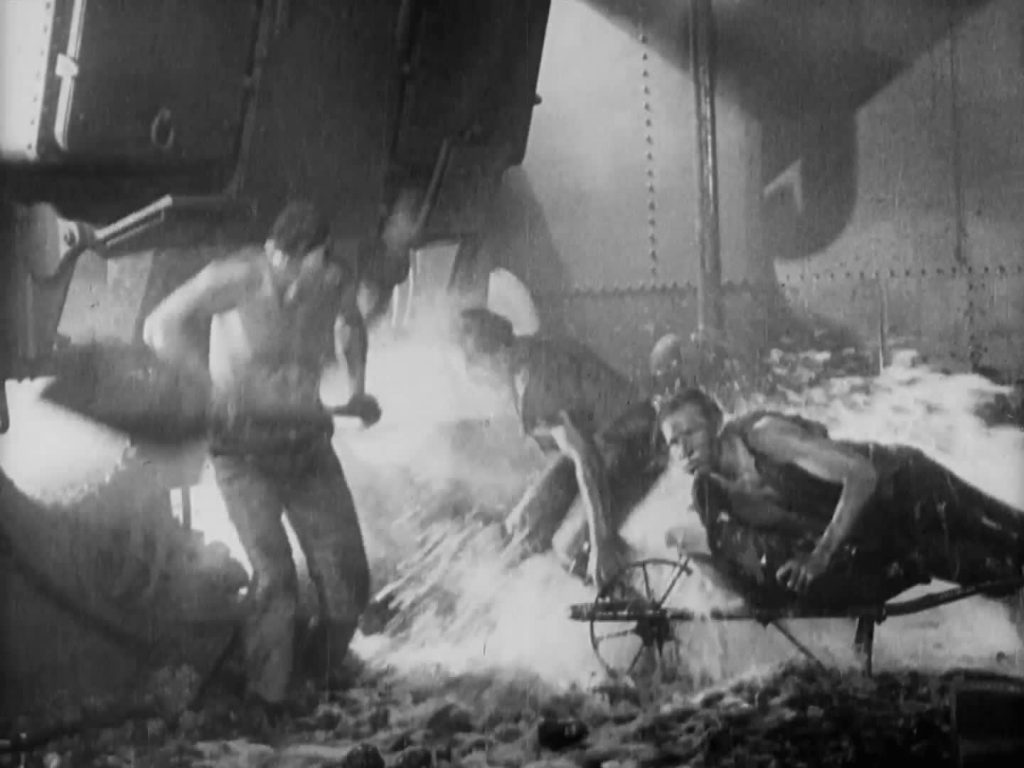In the nearly eighty four years since its theatrical release, in the fall of 1932, two narratives have settled in around The Most Dangerous Game, one gradually calcifying atop the other. The first persists in deference to historical context. The film, as Bruce Kawin explains in an essay published in the Criterion Current, was hastily produced by Ernest B. Schoedsack in anticipation of King Kong, the epic he would co-direct with Merian C. Cooper the following year. Given that the project shares with its more illustrious successor both screenwriter James Ashmore Creelman and, even more conspicuously, co-stars Robert Armstrong and Fay Wray, it’s hardly surprising that for many years The Most Dangerous Game was regarded as little more than a warm-up exercise before Kong’s more demanding main event. Indeed, Kawin reminds us that while Schoedsack was involved with this production, he was busy “concentrating on King Kong, trying to convince his boss at RKO, David O. Selznick, to okay the picture; meeting the special-effects genius Willis O’Brien; and using the set . . . to shoot a test reel.” By all accounts, it seems, Dangerous Game was simply a way to kill some time.
Over time a second narrative emerged to amend this received wisdom—a sort of historical corrective seeking to describe the film as a victory over circumstance. From this perspective The Most Dangerous Game looks appealing precisely for how accidental its greatness seems; its significance, as it has endured for nearly a century, is amplified in contrast to the modesty of its beginnings. Thus the film takes its place within a longstanding tradition. The cinema boasts no shortage of great films rapidly assembled in the silence entrained by a stalled production, and in fact it sometimes seems as if such projects betray in their spontaneity a vigor lacking in more laborious work. Consider some of the better-known examples. Martin Scorsese threw together After Hours swiftly and cheaply in 1985 while struggling to secure the financing to complete The Last Temptation of Christ. In 1995, Wong Kar-wai wrote, shot and edited Chungking Express, perhaps his most beloved film, during a two-month break in the production of his period opus Ashes of Time. And just last year, Chilean director Sebastian Silva found considerably more success with his tossed-off comedy Crystal Fairy and the Magical Cactus than with Magic Magic, the thriller whose delays made the former film possible.
In all of these cases, context figures largely into our perception, and the pleasure of critical revisionism risks eclipsing the pleasures afforded by the films themselves. In other words, the process of reclaiming a minor film as a major one in spite of its history can itself be so seductive that opinion is pushed too far in the opposite direction. To this end engaging with The Most Dangerous Game presents certain challenges. Most obviously, the film’s virtues are all too readily accounted for by the film’s necessarily rushed production: the elegance, simplicity and purity of its construction seem, to modern eyes especially, like qualities attributable to directorial celerity, or perhaps even of restraint. The prevailing sentiment today seems to be that in the rush to toss off the feature, Schoedsack and Creelman stumbled upon a kind of unassuming greatness—a compelling idea efficiently mounted and unfussily adorned. Pared down to the narrative essentials, confined almost exclusively to its park-sized island setting and in the end clocking in at a slender sixty-three minutes, Dangerous Game is bound to strike the contemporary viewer as the very picture of economical filmmaking. That it was so hurriedly produced seems the most plausible explanation.
But it behooves us here to consider historical context more fully. The Most Dangerous Game is certainly a brisk picture; but its briskness, far from being exceptional, was in fact representative of action-adventure films of that period, which often came in at a little under an hour. In this respect it hardly seems reasonable to attribute the alacrity of Schoedsack’s methods strictly to the requirements of a deadline or to the promise awaited by his next production. It’s also worth unpacking some of the mythology in which the film has long been shrouded. Though it’s often said that Dangerous Game was shot using jungle sets designed and built for King Kong, in truth precisely the opposite is true: Cooper hoped to make use of the Dangerous Game set for Kong once production on the former film had wrapped, but, learning that it was scheduled to be demolished, he was forced to shoot all of Kong’s jungle scenes at once—which, without a finished screenplay, meant the dialogue was mostly improvised. Dangerous Game may be thought of as tossed-off. But it was actually Kong that was put together quickly under pressure.
The misconceptions extend to many other aspects of the production. But the basic story is this: Dangerous Game had been conceived independently of King Kong, had its screenplay written before Creelman had been signed on to pen Kong, had been cast and scouted and designed before any work had been put into Kong, and, indeed, ought to survive in the popular imagination as a film wholly distinctive of Kong. Fortunately, it’s easy to rid the mind of preconceptions while watching the picture: it still throbs with urgency and vigor, still surprises and shocks in equal measure. The core of Game’s appeal has always been the same, and it’s the reason why the premise has been so exhaustively reworked in the decades since its release—we gravitate to the notion of man hunting man because it taps into something deep and primal, a desire to see conflict seized in our relations with one another rather than the world. Creelman and Schoedsack (and Irving Pichel, widely cited as the film’s director of dialogue) have crafted a world in miniature here, intensely tactile and palpably shaped. The sense of place is remarkable, and doubly so given its iconography would soon be associated with a bigger film; that it still feels like very much its own thing is a testament to how skillfully this vision was realized.
The film’s opening sequence, in which game hunter Joel McCrea finds his yacht ripped apart and capsized by jagged coral, sets a precedent that will be maintained the picture through: any sense of stability will be interrupted by sudden violence, which first erupts into the picture when we see the ship’s crewmen brutally scalded in the drowning engine room. The normality of the ship itself, of course, will soon be replaced by the dream-like architecture of the island and its gothic fortress, but this shift toward fantasy is a merely a red herring. Fantasy does not prevail here no matter how extraordinary the circumstances (or how outrageous the villain): McCrea remains fixed in a world we can believe in, which makes the terror of the human hunt to come all the more real. For me this is the true accomplishment of The Most Dangerous Game: it proposes a thought experiment and has the nerve to see it through with consequence. It takes a larger-than-large scenario and makes it seem entirely plausible. And it makes an apparently minor film, however dubious the distinction, feel major.

